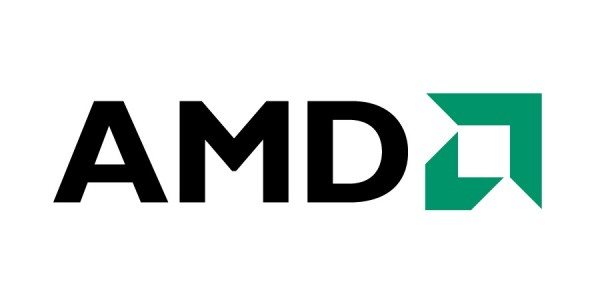Next-Gen Xbox Guide
Peter Donnell / 13 years ago

Rumours suggest the new hardware will be based upon a custom version of AMD’s 6670 or 7000 series chipset, although sources are tipping more towards the cheaper 6670 (see below for specs). While this may sound disappointing for many gamers who are hoping for a truly next-gen console, look how far the 360 pushed its original hardware since release, when developers have fixed specifications, they can tweak their game engines over the years to realise the full potential of the hardware, something that doesn’t happen often on PC’s, where it’s easier to just throw more power at the problem.
A production run of the chips, be it (AMD’s 6670 or 7000 hardware) is said to be underway with Global Foundries and IBM for the first initial dev kits. The 360 Slim already features a ‘Vejle’ CPU/GPU combo processor, so it does make sense that Microsoft would go the same route of a combined GPU/CPU chip to keep costs down and performance up.
If the console makes it to stores for Christmas 2013, AMD will have already released its entire line up of HD 8000 series graphics chips, leaving the console at least two generations behind in terms of hardware.
AMD Radeon™ HD 6670 GPU Feature Summary
- 800 MHz engine clock
- 512MB-1GB GDDR5 memory
- 1000 MHz memory clock (4.0 Gbps GDDR5)
- 64 GB/s memory bandwidth
- 768 GFLOPS Single Precision compute power
- TeraScale 2 Unified Processing Architecture
- 480 Stream Processing Units
- 24 Texture Units
- 32 Z/Stencil ROP Units
- 8 Color ROP Units
- 128-bit GDDR5 memory interface
- PCI Express 2.1 x16 bus interface
- DirectX® 11 support
- Shader Model 5.0
- DirectCompute 11
- Programmable hardware tessellation unit
- Accelerated multi-threading
- HDR texture compression
- Order-independent transparency
- OpenGL 4.1 support
- Image quality enhancement technology
- Up to 24x multi-sample and super-sample anti-aliasing modes
- Adaptive anti-aliasing
- Morphological anti-aliasing (MLAA)
- 16x angle independent anisotropic texture filtering
- 128-bit floating point HDR rendering
- AMD Eyefinity multi-display technology
- Native support for up to 4 simultaneous displays
- Up to 6 displays supported with DisplayPort 1.2 Multi-Stream Transport
- Independent resolutions, refresh rates, color controls, and video overlays
- Display grouping
- Combine multiple displays to behave like a single large display
- AMD App Acceleration
- OpenCL 1.1
- DirectCompute 11
- Accelerated video encoding, transcoding, and upscaling
- UVD 3 dedicated video playback accelerator
- MPEG-4 AVC/H.264
- VC-1
- MPEG-2 (SD & HD)
- Multi-View Codec (MVC)
- MPEG-4 part 2 (DivX, xVid)
- Adobe Flash
- Enhanced video quality features
- Advanced post-processing and scaling
- Dynamic contrast enhancement and color correction
- Brighter whites processing (blue stretch)
- Independent video gamma control
- Dynamic video range control
- Dual-stream HD (1080p) playback support
- DXVA 1.0 & 2.0 support
- AMD HD3D technology
- Stereoscopic 3D display/glasses support
- Blu-ray 3D support
- Stereoscopic 3D gaming
- 3rd party Stereoscopic 3D middleware software support
- AMD CrossFireX™ multi-GPU technology
- Dual GPU scaling
- Cutting-edge integrated display support
- DisplayPort 1.2
- Max resolution: 2560×1600 per display
- Multi-Stream Transport
- 21.6 Gbps bandwidth
- High bit-rate audio
- HDMI 1.4a with Stereoscopic 3D Frame Packing Format, Deep Color, xvYCC wide gamut support, and high bit-rate audio
- Max resolution: 1920×1200
- Dual-link DVI with HDCP
- Max resolution: 2560×1600
- VGA
- Max resolution: 2048×1536
- Integrated HD audio controller
- Output protected high bit rate 7.1 channel surround sound over HDMI or DisplayPort with no additional cables required
Supports AC-3, AAC, Dolby TrueHD and DTS Master Audio formats



















